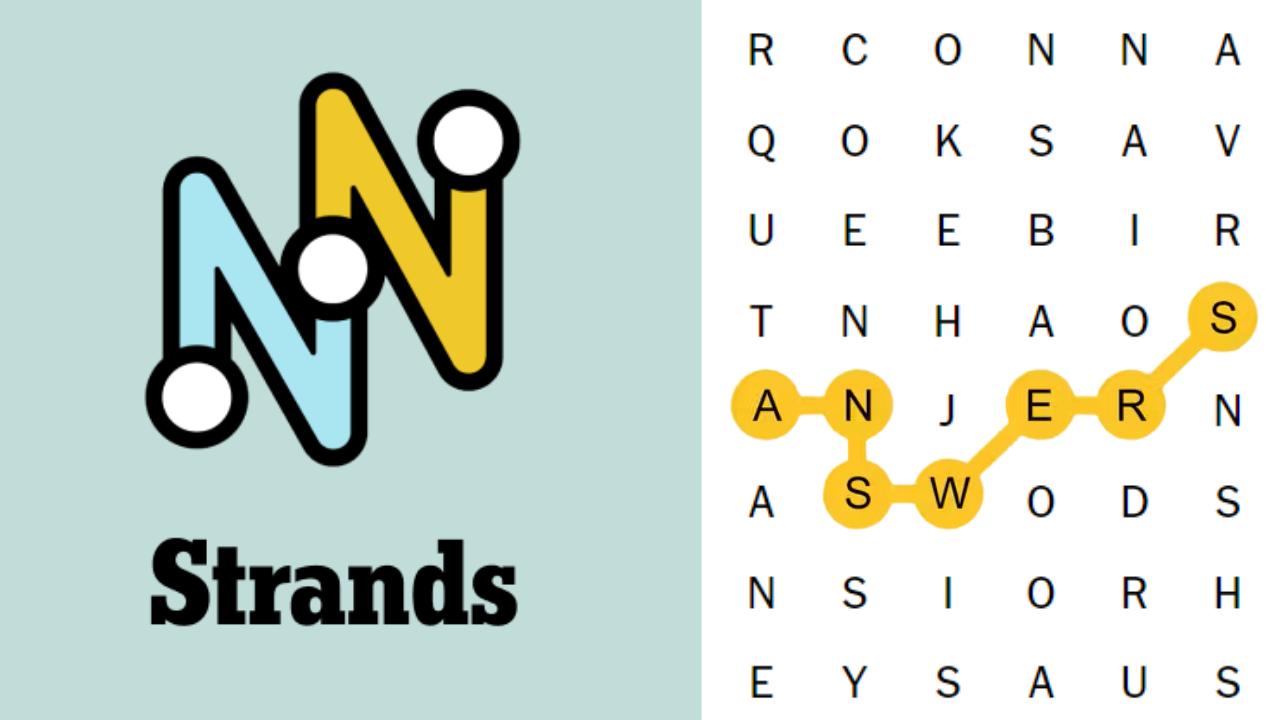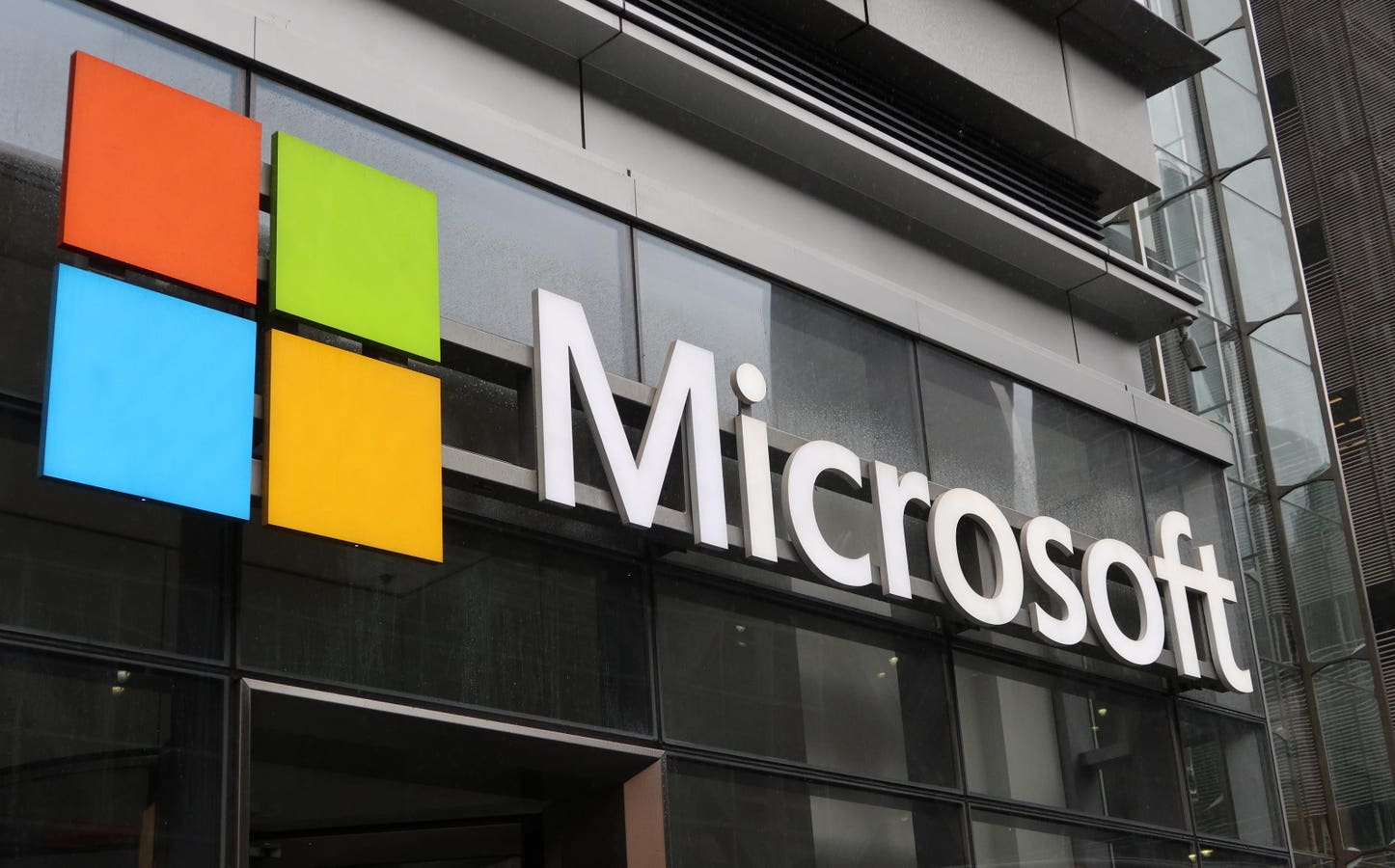3 Low-Cost Side Hustles You Can Start Today That Are Making $2,000/month
getty
As the cost of living rises, and job uncertainty is also increasing across industries, more women are turning to side hustles not as a choice, but as a necessity. According to Bankrate’s most recent Side Hustle Survey, 27% of U.S. adults (more than one in four) report earning income from a secondary source beyond their full-time job. But even as side hustling becomes increasingly normalized, the income gap persists. Many workers are still navigating informal or low-wage digital labor that demands constant online engagement but yields minimal return. For those already facing systemic barriers in traditional employment, the side hustle promises flexibility, but too often delivers burnout without financial freedom.
However, the creator economy is broadening the space for certain side hustles to evolve into viable alternatives to traditional employment, especially when paired with systems that generate multiple streams of passive income, where earnings are not tied to an hourly rate. I sat down with Ella Maegraith, a content creator who transformed what began as a creative outlet into a sustainable digital business. What started as casual content creation has grown into a network of low-cost income streams that now generate at least $2,000 a month, including affiliate partnerships, brand deals, and advertising revenue. The following section explores the three low-cost side hustles you can start today that offer both income potential and long-term sustainability.
3 Low-Cost Side Hustles You Can Start Today
Affiliate Marketing
Earning from sharing what you already use can be one of the most accessible ways to generate passive income. Affiliate marketing, which works by sharing the link of a product, service, or another business brand on their website, social media profile, or other platforms, allows you to earn commissions when a consumer clicks the link and makes a purchase.
For Maegraith, her affiliate marketing income stream began organically as she responded to people’s inquiries about certain items, particularly tools she used to stay on top of her personal budget. That curiosity led her to create an Amazon storefront, where she now earns small commissions whenever someone makes a purchase through her links. She also began sharing her personal budgeting tool, and that became a key driver of her affiliate revenue.
“I started using their spreadsheet myself and sharing it. Eventually, they reached out to offer an affiliate deal,” she said. Because she was already a user and advocate, the recommendation did not feel like a sales pitch but more like a natural extension of her content. During peak months like January and December, Maegraith has earned as much as $15,000 in affiliate income. On average, this stream generates between $5,000 and $6,000 per month.
Maegraith explains that what makes affiliate marketing sustainable is its ability to generate revenue even when she is offline. “It’s something I genuinely use and love, so it fits naturally into my content,” she told me. In her experience, the more authentic the recommendation, the stronger the response and the less reliant she becomes on “constant promotion.”
Brand Partnerships
Paid collaborations between creators and companies are increasingly becoming a strong side hustle with high-income potential. For Maegraith, these partnerships represent both the highest-earning and most selective area of her business. “There are some months where I make $25,000 from partnerships, and others where it’s closer to $5,000,” she said. On average, brand deals bring in around $10,000 per month across YouTube, Instagram, and TikTok.
Maegraith is able to monetize robust brand deals in part because she has been cultivating her online presence by engaging with her followers and watchers, bringing in timely topics for her audience and showing up with an average of four videos per month since 2012 on her YouTube channel. Her current brand collaborations often span multiple platforms, which allows her to diversify deliverables without overwhelming her audience. “I don’t feel like I’m constantly shoving an ad in someone’s face,” she noted.
Despite the numbers above, brand partnerships can be a low-cost and self-managed activity. While Maegraith now works with a manager who handles communication and negotiations of her brand deals, she began by managing everything herself. “I had my email in my bio, and that’s how companies found me,” she explains. That early, hands-on experience helped her develop key business skills, such as communicating with brands, reviewing contracts, and advocating for her value. “It’s not something I loved doing, but it helped me understand the business side,” she added. The transition to working with a manager came about a year and a half ago as a strategic decision to free up creative time and focus on content.
Still, she remains intentional about which partnerships she accepts. Her vetting process centers on audience relevance and personal use. “If it’s something I already use, that’s ideal. If not, I ask: will this benefit my audience?” For Maegraith, trust is the foundation of her platform. “Once you lose it, it’s hard to earn [it] back.”
Ads payments
Revenue earned from advertisements placed on your digital content is one of the low-cost side hustles to start today, as it will depend on the number of hours watched or the number of people interacting with the content you create. For Maegraith, these ad payments come from YouTube AdSense and it has become the most predictable part of her business. “I upload, usually, four videos a month, sometimes five or six,” she told me. “I can make anywhere between $2,000 to $4,000 a month. Sometimes more, but I know I’ll make at least $2,000.”
YouTube’s ad revenue is calculated based on several factors, including video length, audience retention, and niche. Longer videos allow for more ad placements, which increases earnings. Maegraith’s personal finance content tends to attract higher-paying advertisers, a key driver in boosting her RPM (revenue per mille). “Advertisers pay more for finance content,” she notes.
What makes ad payments compelling as a revenue stream is their consistency. Unlike freelance projects or one-off brand deals, YouTube AdSense, for instance, pays creators monthly, creating a baseline of financial stability.
Monetizing through YouTube took time and commitment. Maegraith began building her channel as a teenager, but it was not until the last two years that her earnings became steady. “It took a long time to get a consistent and decent amount,” she says. Once her channel met the platform’s requirements (currently 1,000 subscribers and 4,000 watch hours in 12 months) she was able to monetize her content and create a system that generates income whether she is actively uploading or not.
These are low-cost side hustles because they require only accessible and affordable tools to make them work. In most cases, a smartphone, an internet connection, and low-cost platforms like Canva or Google Drive are enough to get started. Platforms like YouTube and Amazon’s affiliate program are free to join, and many brand collaborations begin through direct outreach or organic content. While the financial barrier to entry is low, what these hustles often require is time. Consistency, patience, and a willingness to learn are often the biggest investments needed to build a sustainable income stream.
For many women seeking more control over their time and income, these low-cost side hustles capitalizing on the creator economy offer a pathway to build passive income and support their financial lives. While digital entrepreneurship is rarely instant or effortless, building systems rooted in authenticity, community trust, and content you already enjoy creating can make the leap more sustainable. Whether it is through affiliate marketing, brand partnerships, or ad payments, monetizing the effort of showing up online is increasingly within reach.









